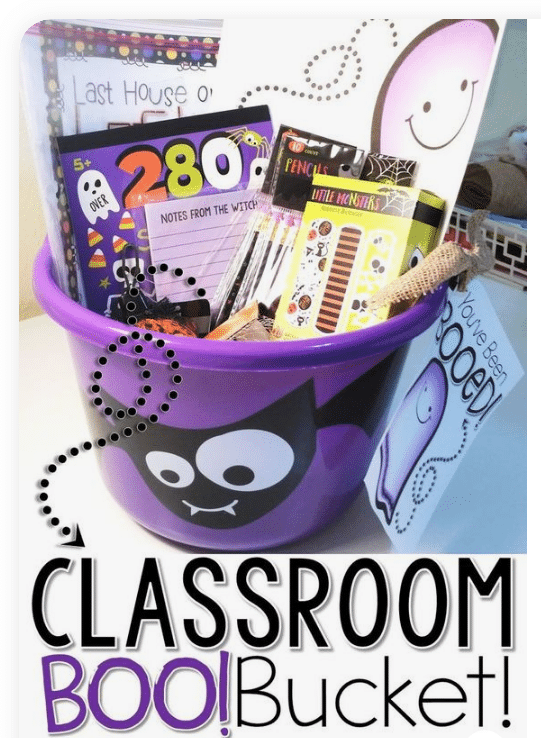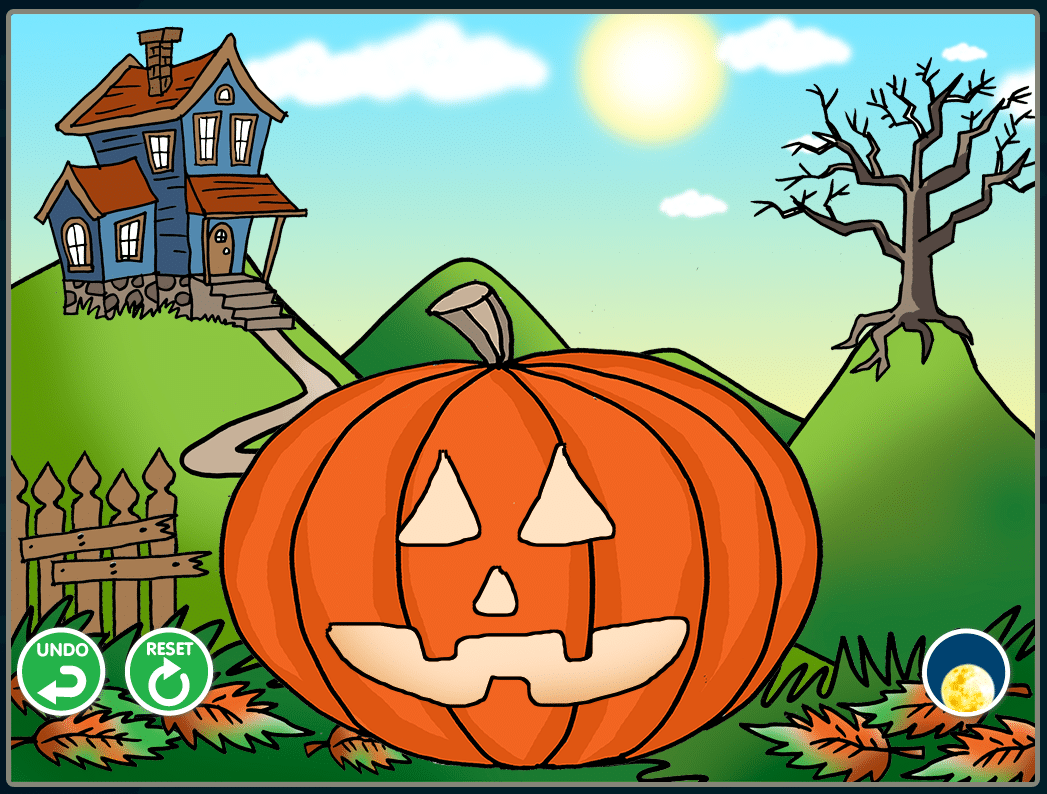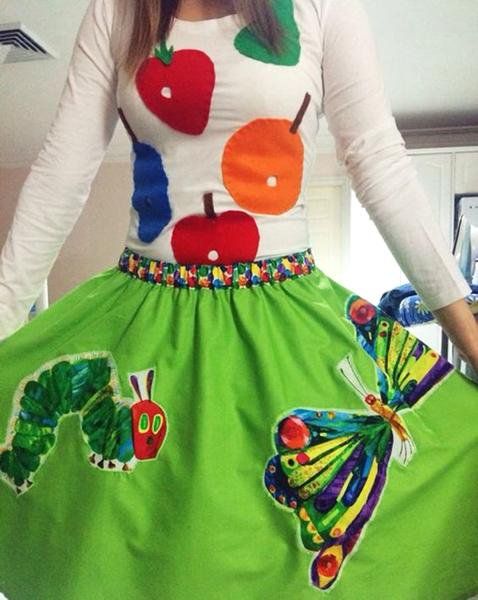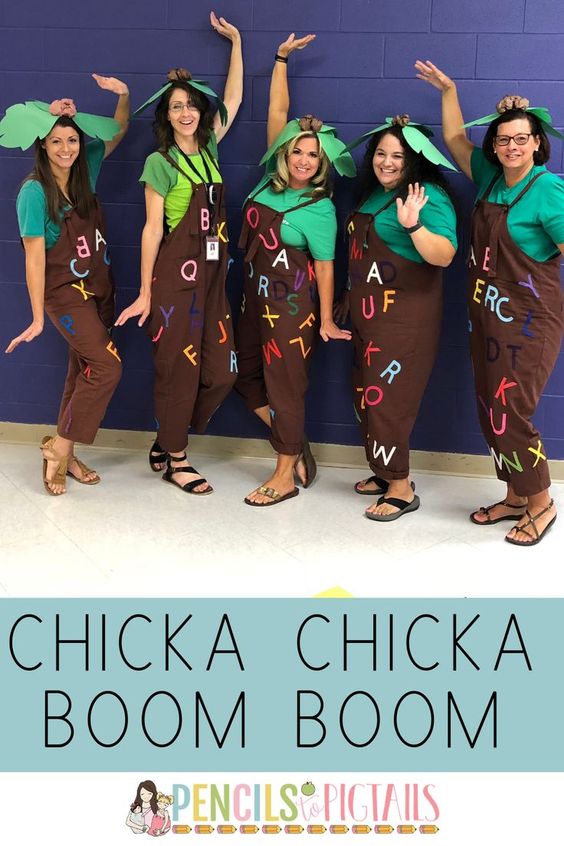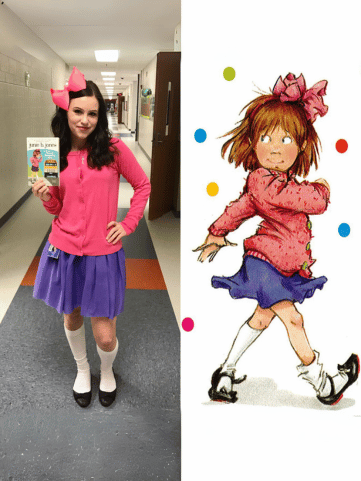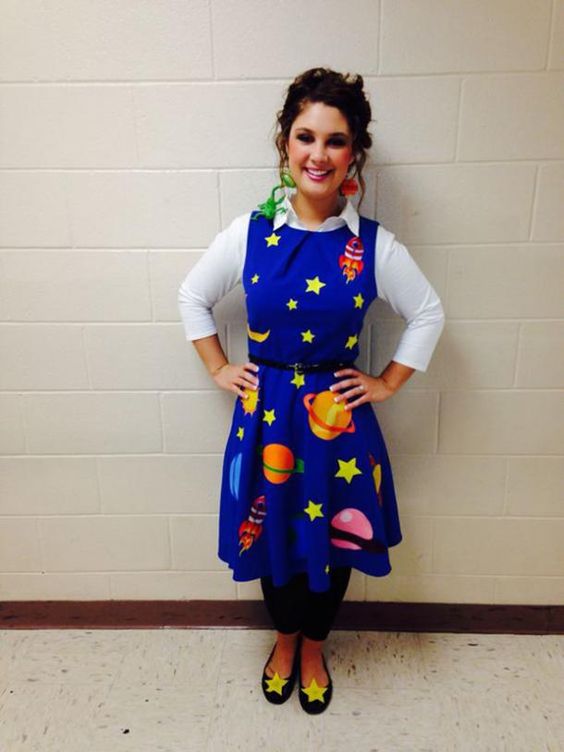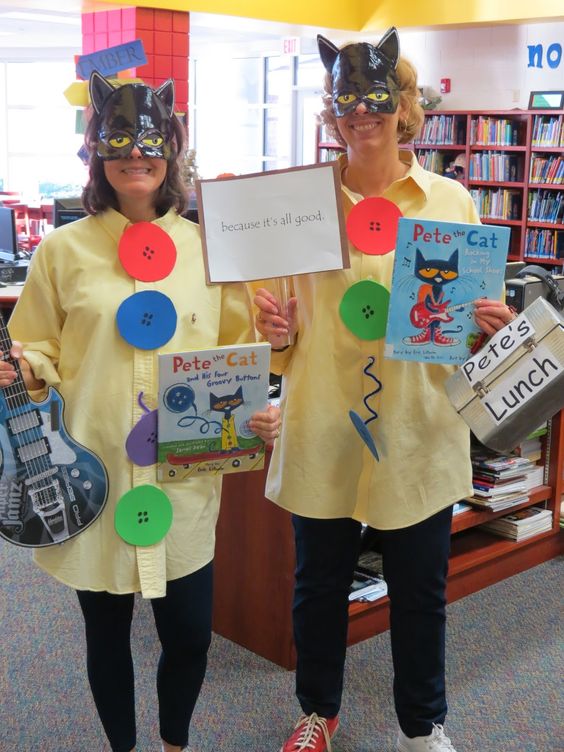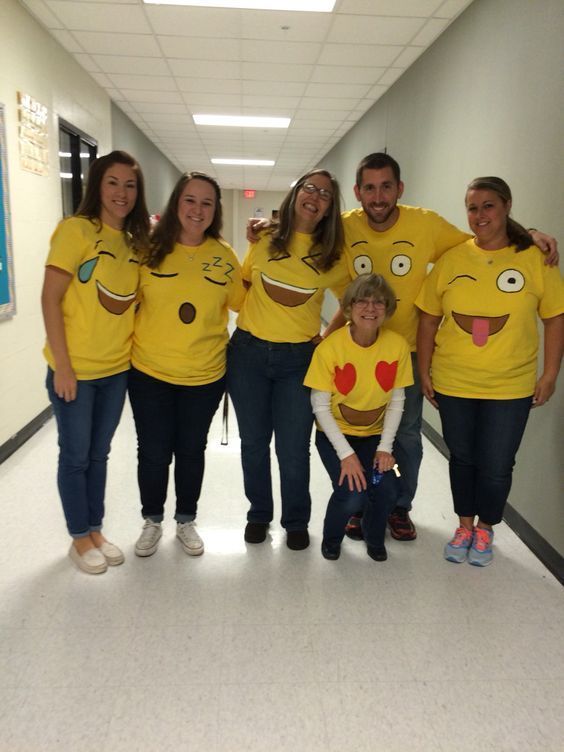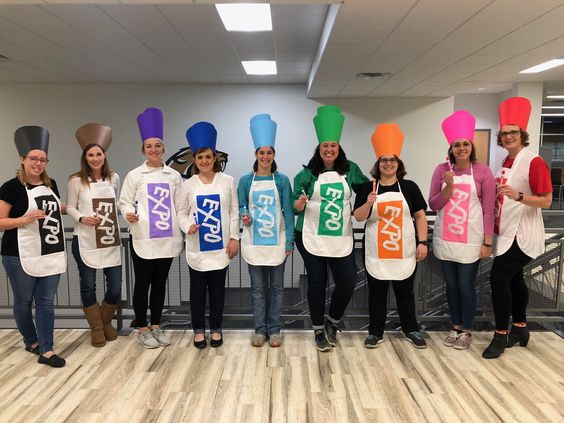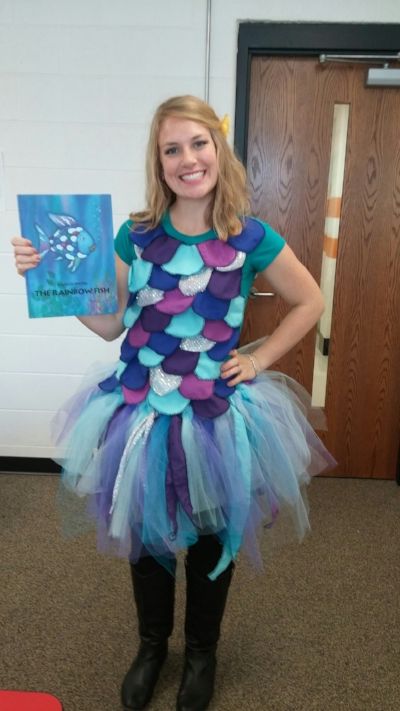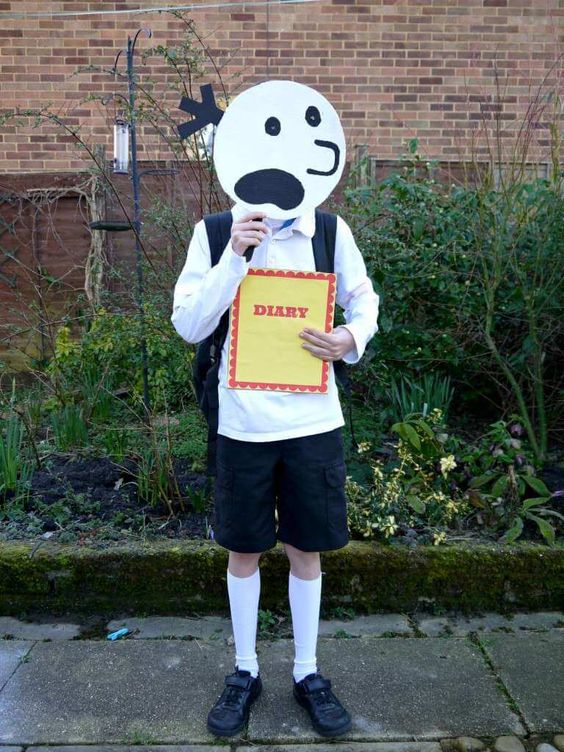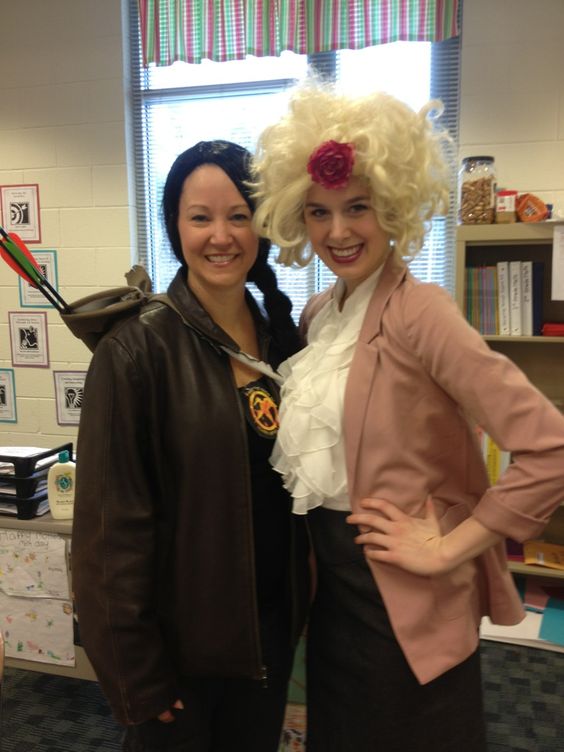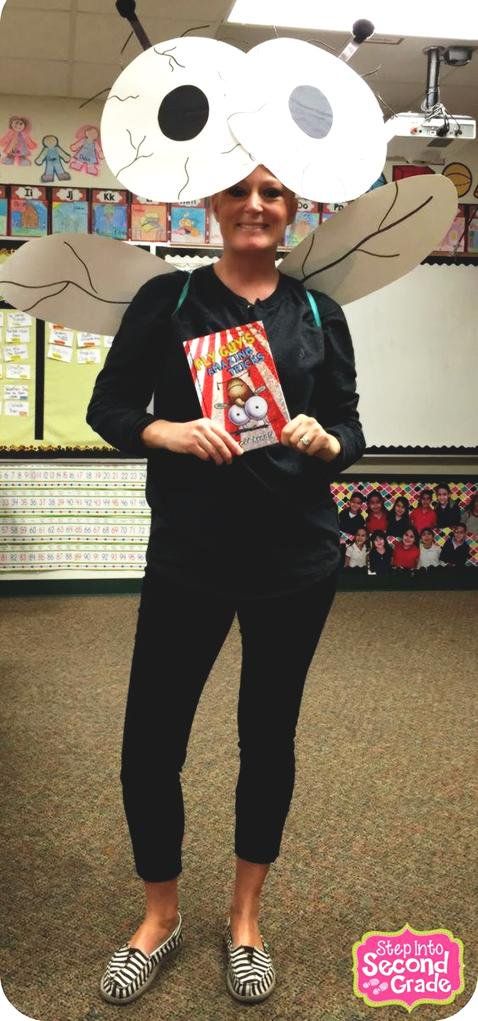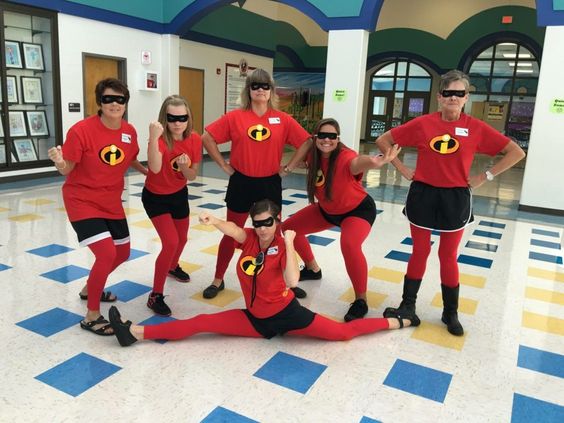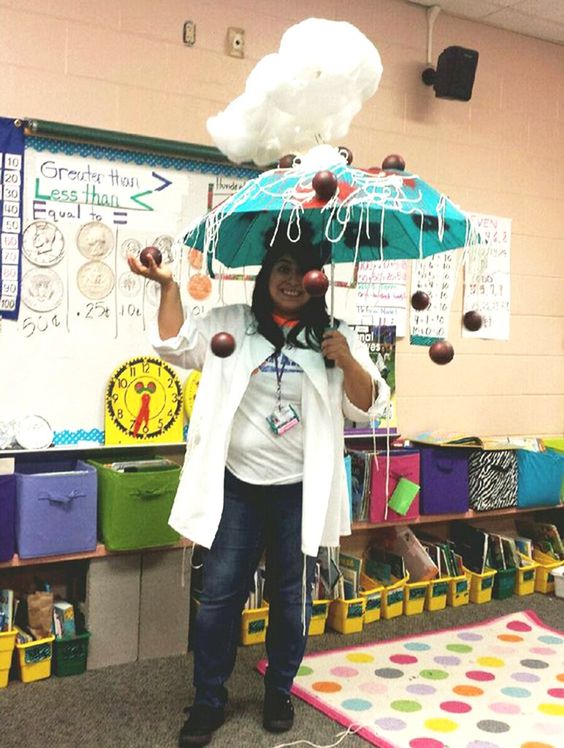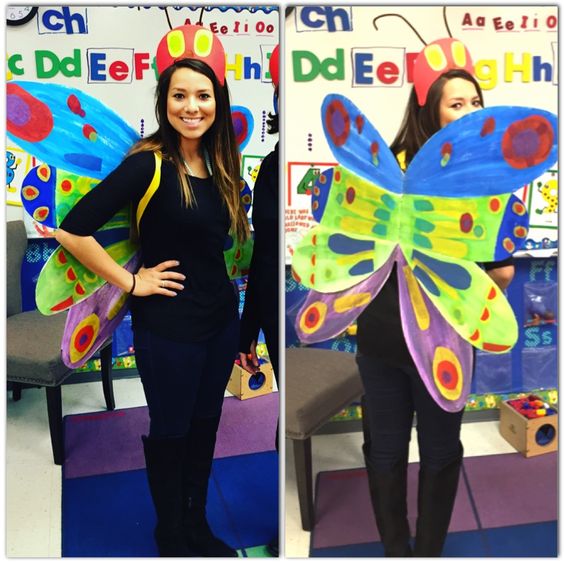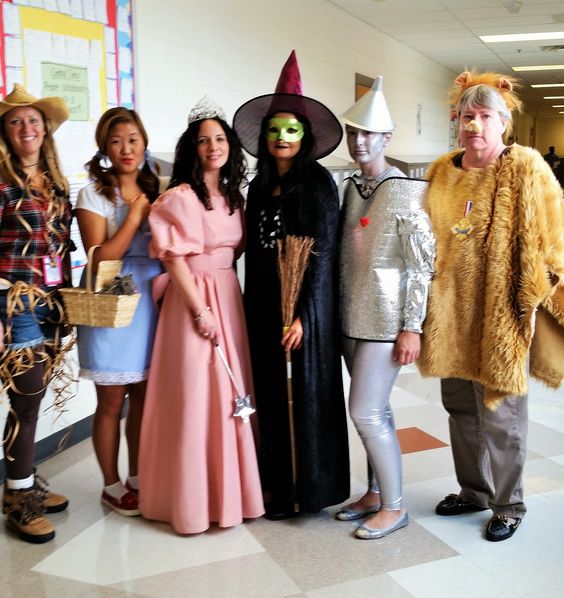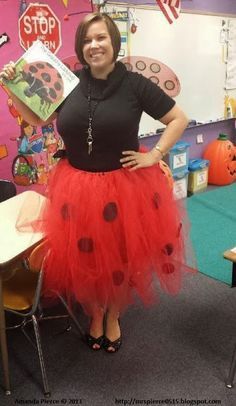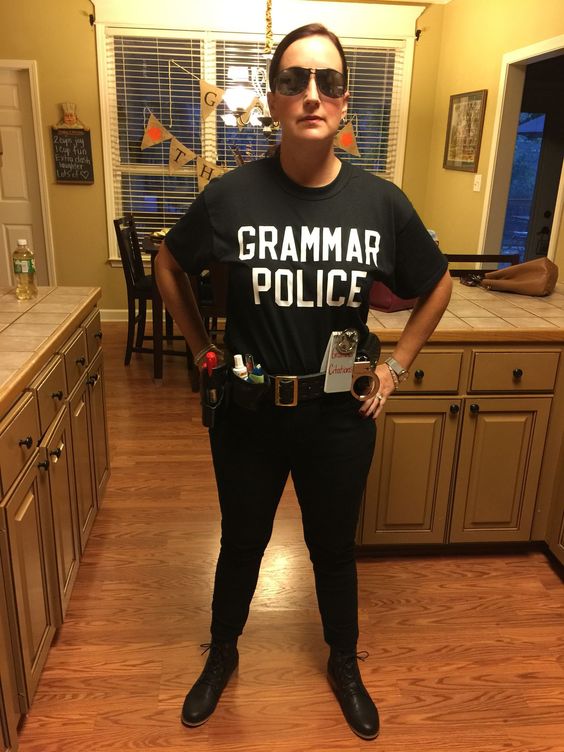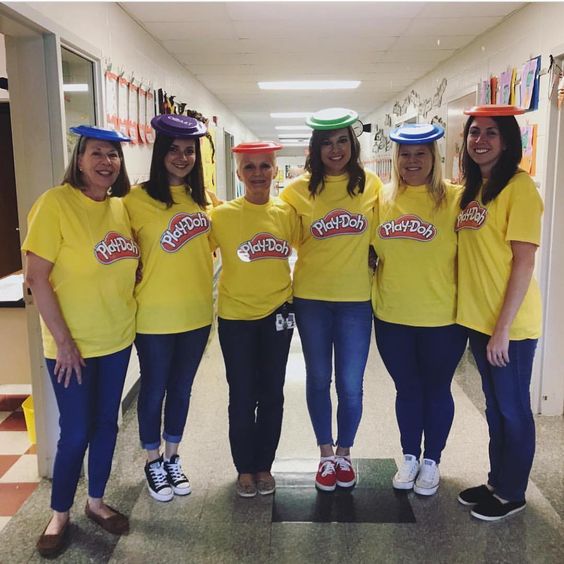
by California Casualty | Educators |
Parent-teacher conferences might look a bit different this year, but the goals, priorities, and basics will remain the same. These brief meetings are wonderful opportunities for parents and teachers to check in on student’s successes and areas for improvement, as well as discuss ways to support them where they’re struggling – whether it’s with their schoolwork or the transition to remote learning.
Conferences will be here before we know it, and if they have to be held virtually, here’s 8 ways you can prepare yourself for the online meeting to help the night run smoothly.
- Share a topics list or agenda with parents beforehand – Send a simple agenda to each parent, so they can be mentally prepared and add anything else they’d like to discuss.
- Attach materials you would like to go over – Gather and send parents documents for each student beforehand. This might include progress reports you would like to discuss, noteworthy assignments, or test results. You could scan and email them, that way they can have their own personal copy. Or you could always use a document camera and share your screen!
- Make sure you are comfortable with your tech tools – Be sure you’ve used the virtual meeting platform or have tested it. Double-check that each parent receives clear instructions to test their video equipment beforehand and on how to join the platform/use the interface. If there is trouble logging on, try not to waste too much time, and either reschedule or settle for a meeting over the phone.
- Make a schedule of your night(s) – Use a scheduling app like Calendly, or write down the time for each meeting along with the parent’s and student’s names, your points of discussion, and meeting passwords (you are using a platform that is password protected).
- Don’t forget to schedule in buffer time – Try to allot a little time on each side of your meetings in case one goes late, parents have trouble logging in, or a discussion needs a little extra time. If a meeting runs late and you feel like you need more time, don’t get frustrated, just schedule a virtual follow-up meeting for a later date.
- Ask questions and listen – These are tough times. Students are stressed, as are teachers and parents. Ask honest, empathic questions such as “How is your child handling this?” “Where do you see struggle and ease?” and “How can I best support you?” Really listen to their answers and try to incorporate them.
- Be prepared to get asked about teaching or studying methods – Parents are juggling a lot – working from home (if they’re able), watching kids, and wearing the TA hat. Prepare for some parents to ask you for your guidance on at-home teaching or studying methods. You could gather these tips/resources in advance and send an email with the materials to any parent that has questions.
- Post-conference communicate and follow up via email – Be sure to follow up on any items you promised you would and schedule any individual follow up meetings. It also never hurts to send parents a “thank you” for their attendance and participation.
This year may have (many) more obstacles than years past, but above all, remember that you’re all on the same team – the team that’s focused on helping each student succeed.
Also, the basics of the virtual parent-teacher conference are the same as they were for in-person meetings – for some conference refreshers from a veteran teacher, check out our article here.
You’ve got this!
This article is furnished by California Casualty. We specialize in providing auto and home insurance to educators, law enforcement officers, firefighters, and nurses. Get a quote at 1.866.704.8614 or www.calcas.com.

by California Casualty | Educators |
This is an open letter “Thank You” to our custodians.
To keep a school running, it takes a village- especially now. As much as teachers deserve praise and support for all of the work that they do inside (and outside) of the classroom, there are other unsung heroes that walk the halls every day making sure our students have a safe space where they can learn and grow.
School custodians are one group of support professionals that are those heroes.
Custodians are responsible for more than just sweeping floors, wiping tables, and hitting the lights at the end of the day. They are a schools’ first line of defense against viruses (like COVID-19), harmful bacteria, and disease. In providing a clean and safe environment, custodians help enhance the physical well-being of all students.
So to all of our school custodians out there:
Thank you for being fearless. This year is very uncertain, yet you put student health before you own and show up every single day, oftentimes working longer hours putting yourself at increased risk of exposure, to help continue to keep our children safe and healthy.
Thank you for your dedication. We all know what the floor of an elementary school looks like after snack time and we can only imagine what the inside of a locker room is like after game, but you dive in head first time and time again.
Thank you for being caring. You go above and beyond your job description every day, quietly watching over our students in the hallways and making sure nothing seems out of place. And even helping teachers arrange desks after-hours with a smile on your face.
Thank you for putting our students first. For cleaning out lockers and cubbies, wiping down desks, and sanitizing rooms multiple times a day. Thank you for making sure our doors are locked, drafty windows are fixed, and playground equipment is in tip-top condition.
Thank you for being a role model. For getting our school ready for visitors, for putting in the late hours, for always saying hello, for always being willing to lend a helping hand, and most importantly for caring for our students.
Thank you for all of the hard work that you do for our schools.
This article is furnished by California Casualty, providing auto and home insurance to educators, law enforcement officers, firefighters, and nurses. Get a quote at 1.866.704.8614 or www.calcas.com.
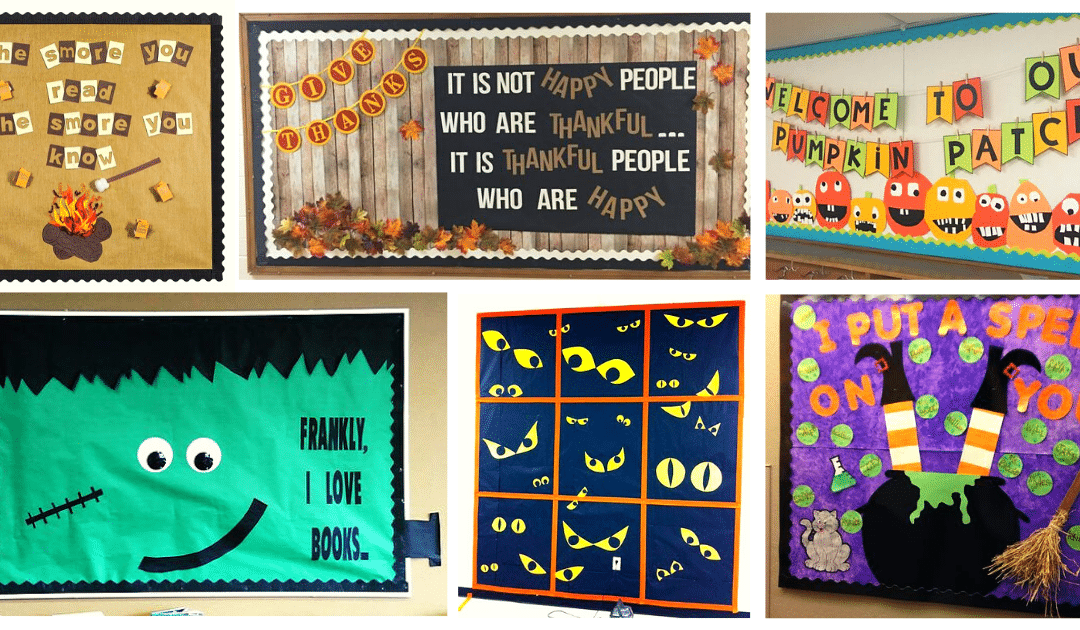
by California Casualty | Educators |
The weather’s getting cooler and the smell of pumpkin spice is in the air! Time to take a break from your everyday teaching worries and have fun creating some cozy fall bulletin boards for your kids and classroom.
We’ve pulled together our favorite ideas for Autumn, Thanksgiving, and Halloween below. Check them out!
1. Welcome To Our (crazy) Pumpkin Patch
Have students each create their own silly-faced pumpkin (and do the same with turkeys during Thanksgiving, “welcome to our flock”)!
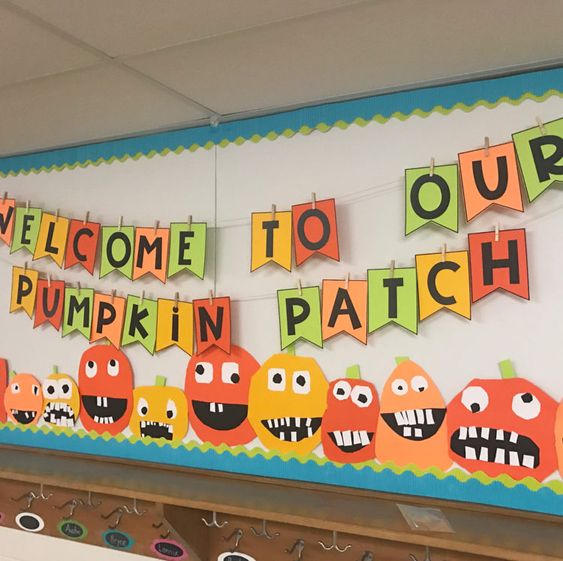
2. The S’more You Read…
Because who doesn’t love a cozy fall bonfire?
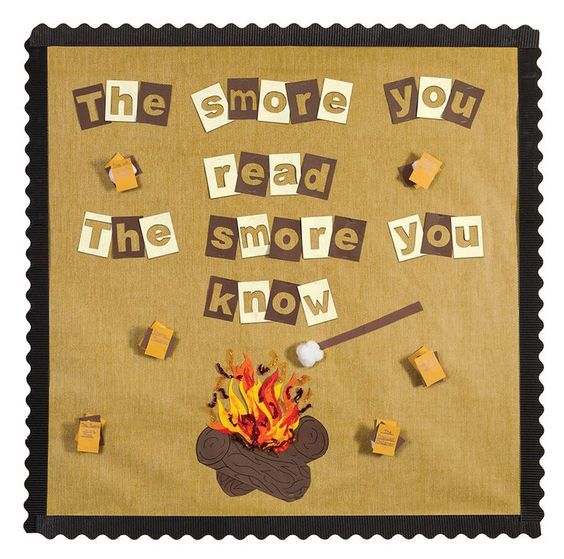
3. Look Who’s Hiding in the Leaves
Take photos of each kid in your homeroom individually to let them show off their own unique personality.

4. I Put a Spell on You…
…and now you’re in my class! Add your own twists- give the witch a tulle skirt, put kid’s pictures on the bubbles.
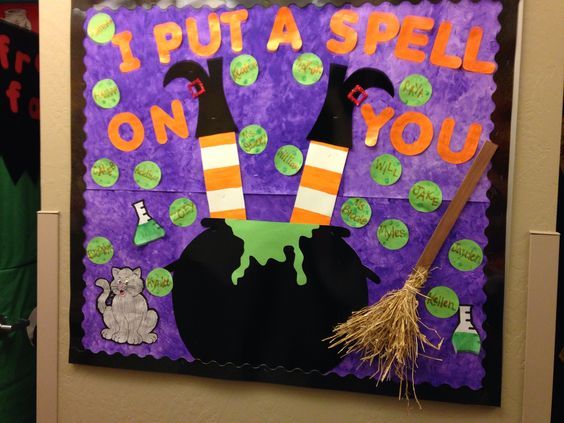
5. Give Thanks
A powerful quote with a super cute background, what more do you need?
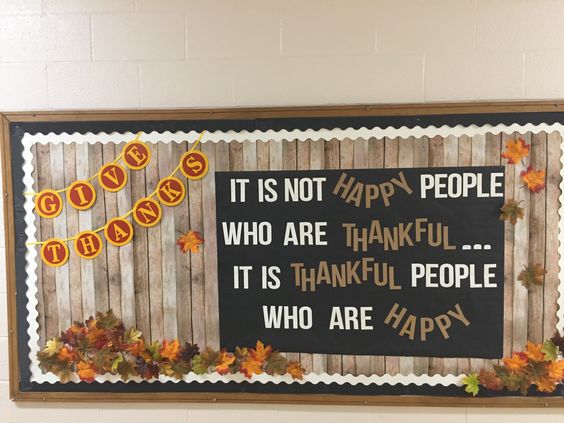
6. Come Hang With Us
Have each student create their own spooky spider for your class web.
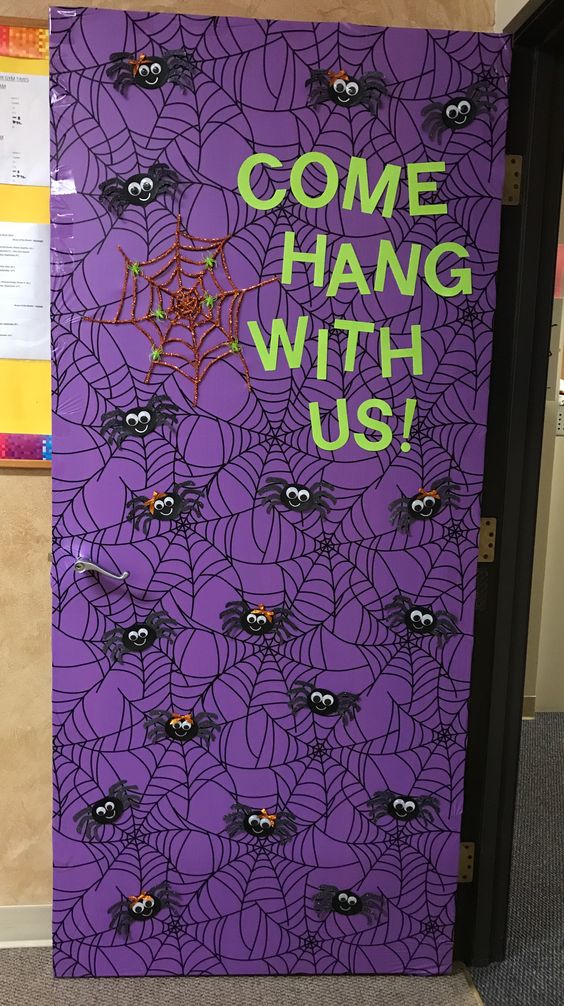
7. A Harvest of Good Reading
Let each student pick their favorite books to go in the barrels!
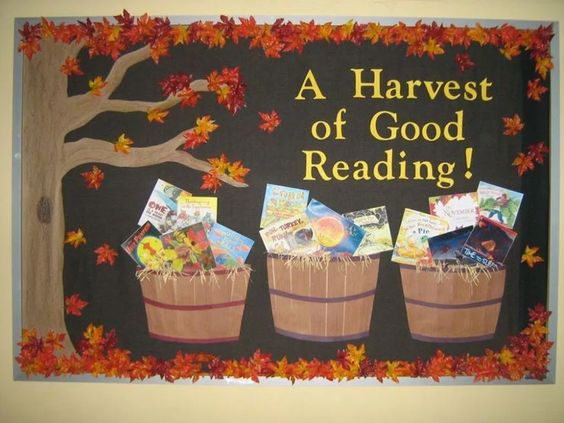
8. Trick-or-Pete
Any Pete the Cat lovers? This is the bulletin board for you.
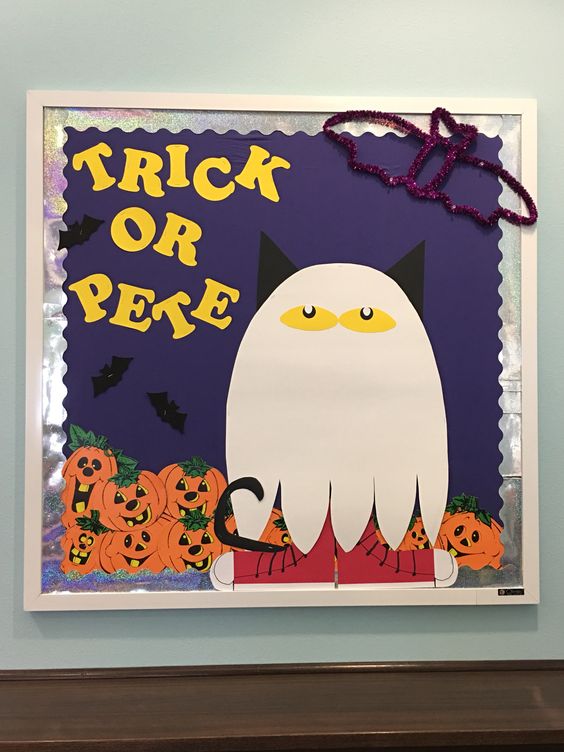
9. Happy Fallidays!
With the cutest little handprint leaves.
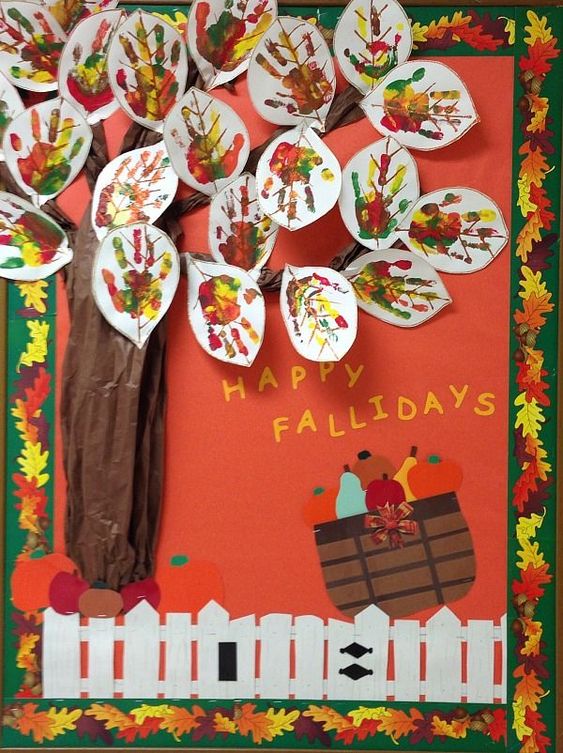
10. Cutest Pumpkins in the Patch
Have each student personalize the pumpkin with their name to add to the patch.
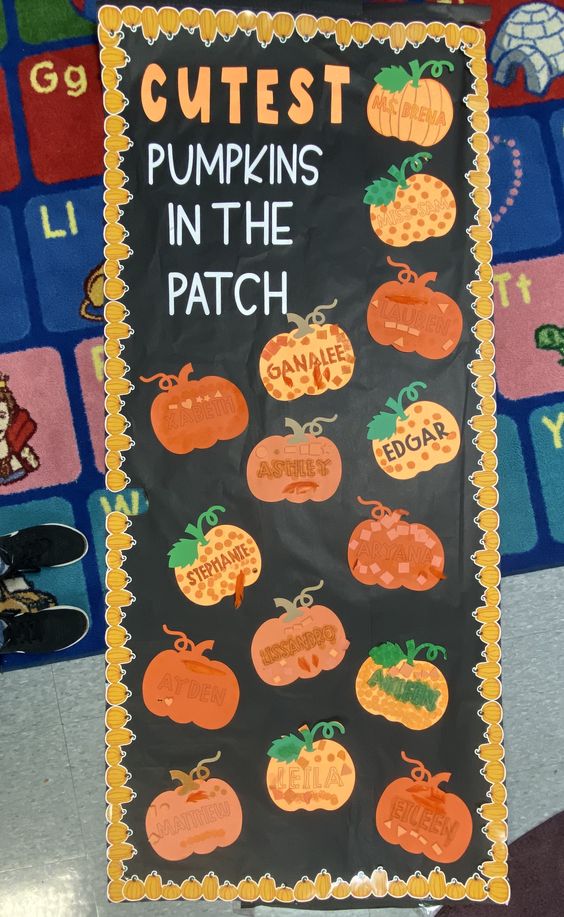
11. Fall into Learning
For an aesthetic fall classroom.
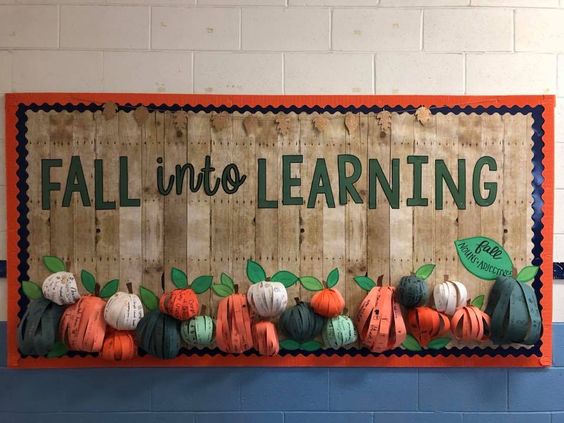
12. FRANKLY, I love…
…books, science, math, history, your class- anything!
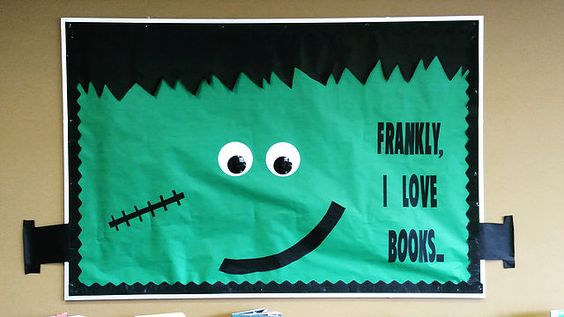
13. We’re Wrapped Up in Learning
The most creative AND easy!
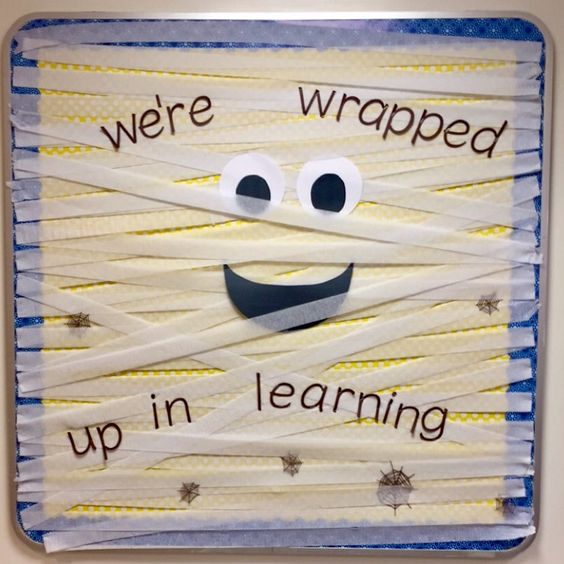
14. Thankful for My Pumpkins
You could even put children’s names or cut out photos on the pumpkins.

15. The Nightmare Before Midterms
The awesomeness pretty much speaks for itself on this one…

16. 30 Days of Thankfulness
Have each student write what they are thankful for and uncover & read one each day!
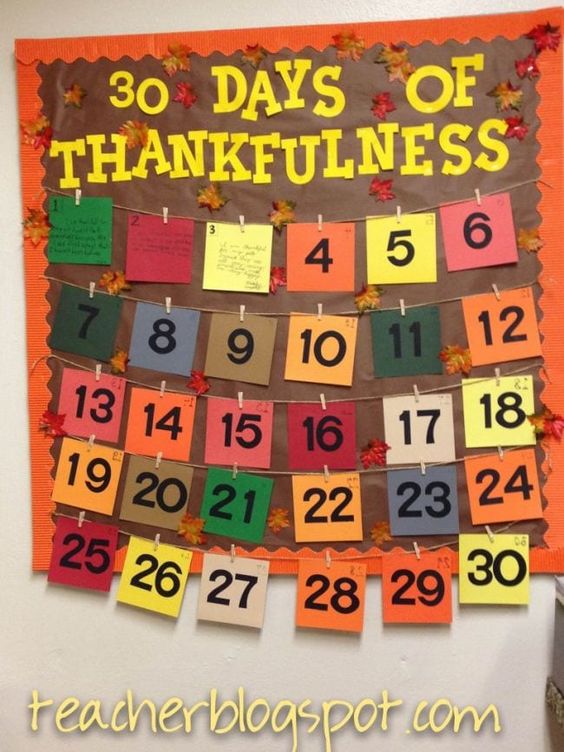
17. I See You
Add words like, “in this class, you’re never alone,” or leave it blank and spooky.
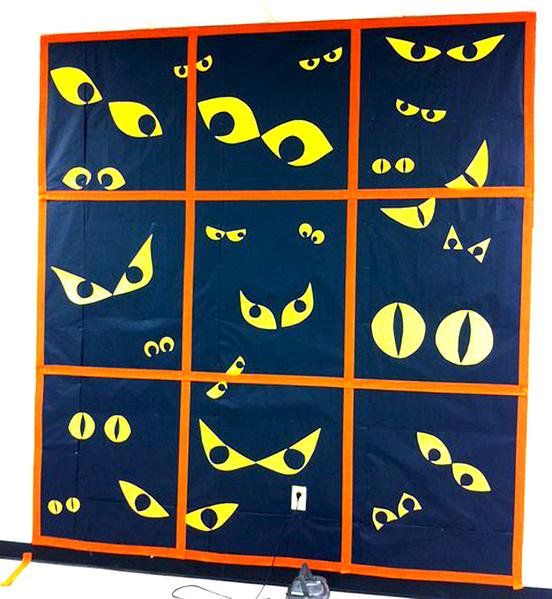
18. A Thankful Heart
You could even have each student’s name on a feather instead.
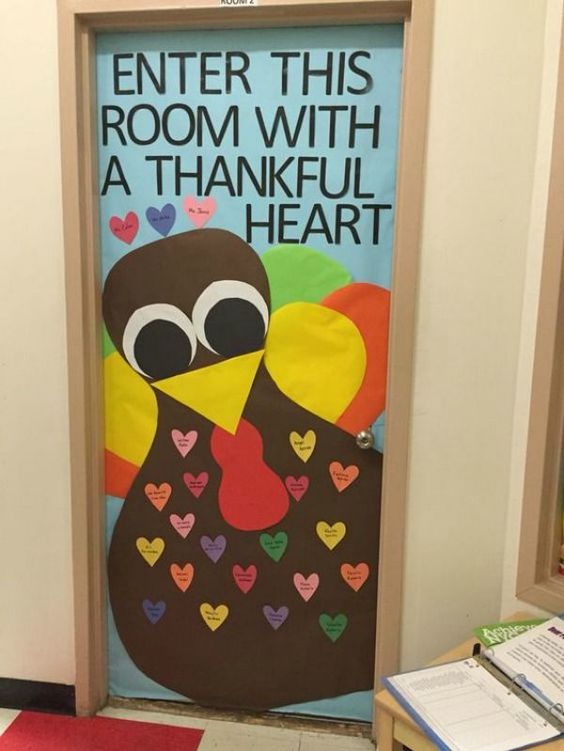
19. Who’s Hiding in the Pumpkin Patch?
Place each student’s name on the outside (or have them draw a jack-o-lantern face) and put their photo inside!
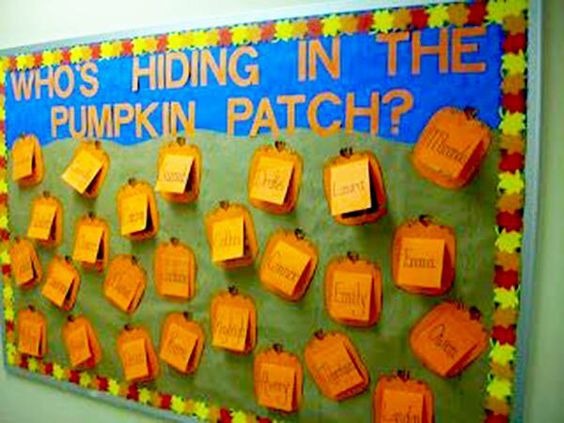
20. Come in My Pretties
Who doesn’t love a spooky door?!
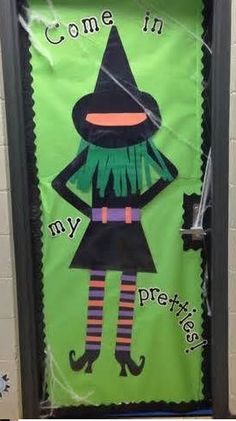
Head over to our Pinterest for more Fall Bulletin Board options! Don’t forget to give us a follow at California Casualty to stay up to date on every new idea we discover! Scan our Pincode with your Pinterest camera to follow:

This article is furnished by California Casualty, providing auto and home insurance to educators, law enforcement officers, firefighters, and nurses. California Casualty does not own any of the photos in this post, all are sources by to their original owners. Get a quote at 1.800.800.9410 or www.calcas.com.

by California Casualty | Educators |
Even while remote learning kids (and teachers) need a break. Are you looking for some fun and engaging activities to do with your students online?
Here are some easy Zoom games that can be played to get your class thinking, while having fun and getting to know their virtual classmates!
1. Go Find…(Great to get the wiggles out!)
– Set a timer for 20 seconds
– Give kids a description of an item- blue, spikey, round, stringy, etc.
– Tell them to go find something that matches the description
– Kids that don’t find anything or don’t make it in time are out
– Make descriptions harder or time shorter as you keep going
– Last one left is the winner
2. Pictionary
– Load Zoom’s whiteboard feature
– Send a private message to a child on what they will be drawing
– Set a timer
– Have the child start drawing
– Whoever guesses the drawing within the time frame gets a point!
– Most points wins
3. Name, Place, Animal, or Thing
– Say a Letter
– Kids must think of a Name, Place, Animal, or Thing that starts with that letter
– Whoever writes it in the chatbox first wins that round and gets a point
– Most points wins
4. Charades (Great to get the wiggles out!)
– Divide students into 2 teams
– Choose an activity (try using these Charades cards on Quizlet!)
– Private message the student who will be acting out the charade
– Set your timer
– Have the student act out the charade
– If their team can’t guess it within the time limit, the other team gets the chance to guess (or a point)
5. Zoom Out
– Choose a high-resolution color photo (4k pixels or more) of a common object or animal
– Zoom in really close to any part of the image
– Continue to Zoom out a little more every 30 seconds until someone guesses it
– First person to guess it right gets a point
– Most points wins
6. The Memory Game
– Make a tray full of random items (crayons, string, erasers, tape, pencils, snacks, etc.)
– Move the tray into view of the camera
– Give students 10-20 seconds to memorize the tray
– Move the tray out of sight and take away one item
– Move the tray back into view
– See who can name the missing item first
– Winner gets a point
– Most points wins
7. Simon Says (Great to get the wiggles out!)
– Make all students stand up
– Say, “Simon Says” and say an action
– All kids will repeat the action
– If you say to do an action without saying Simon says and kids do the action, they are out
– Last one standing is the winner
8. 4 Corners
– Students grab a piece of paper and a pen
– They will write a number 1-6 on their paper and hold it up
– Teacher will roll the dice
– When it lands on a number, the students who wrote that number are out
– Last one standing is the winner
9. Scattergories
– Use this free game generator
– Send each student a link
– Find the word that starts with all the categories
– Must start with the letter that is pictured
– Have students write their points down from each round
– Most points at the end wins
10. 5 Second Rule
– Download the app Tuku Tuku – 5 Second Challenge
– Share your screen
– Choose the order which students will play and start the game
– Ask students to give 3 answers to each category on-screen within 5 seconds
– Whoever can’t answer or reaches the time limit is out
– Winners move on to the next round
– Last one standing wins
BONUS GAME: Try a Virtual Escape Room!
These will run a little longer than the other virtual games (give at least 45 mins) and don’t necessarily have to be on Zoom, but are super fun and engaging for students. Here’s how they can play:
– Divide students into groups
– Look over and choose rooms from this kid-friendly list
– Assign each group a different room
– Team to escape first wins
What are you doing for brain breaks in your virtual classroom?
Let us know in the comments below! 🙂
This article is furnished by California Casualty, providing auto and home insurance to educators, law enforcement officers, firefighters, and nurses. Get a quote at 1.866.704.8614 or www.calcas.com.

